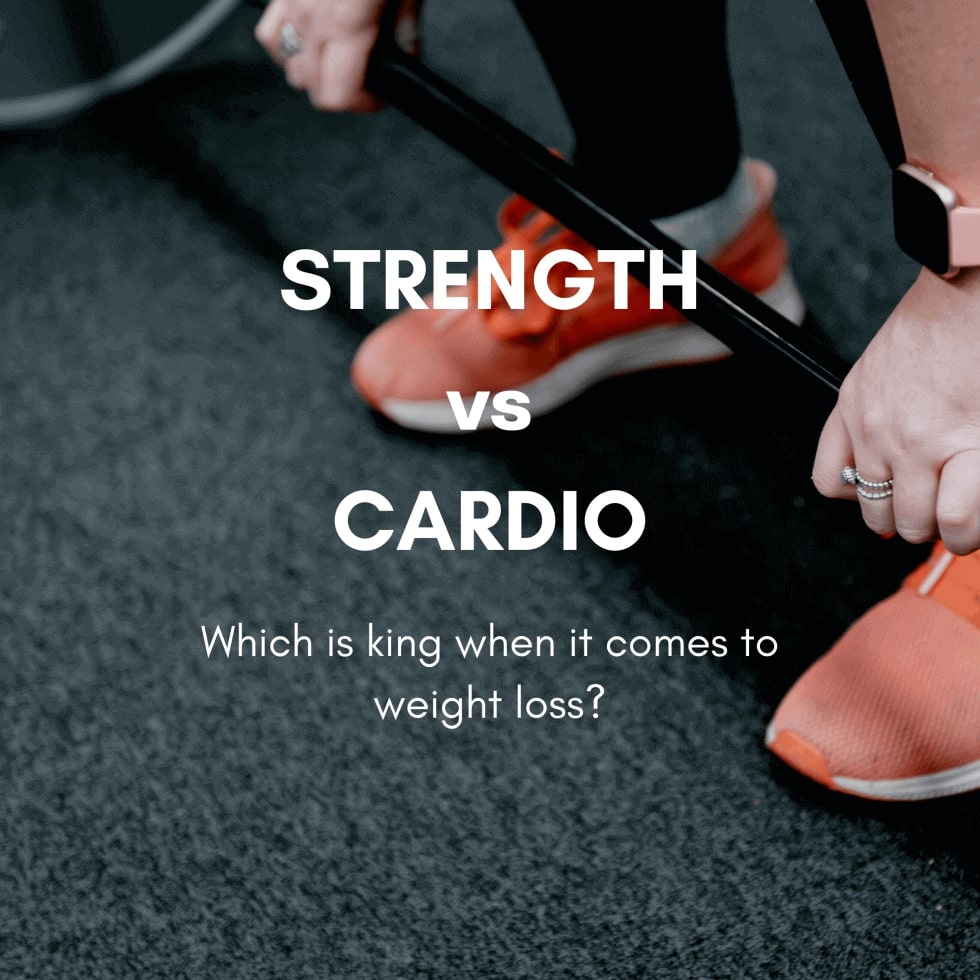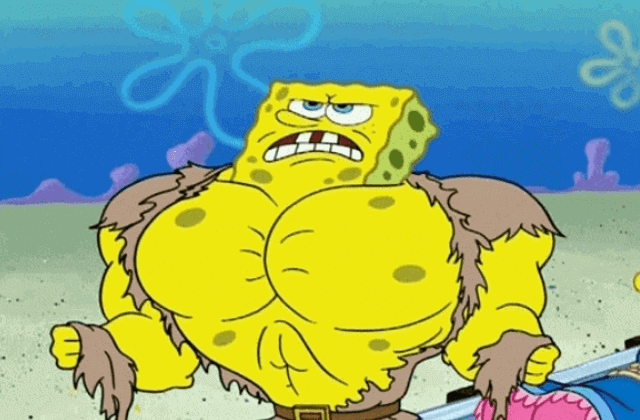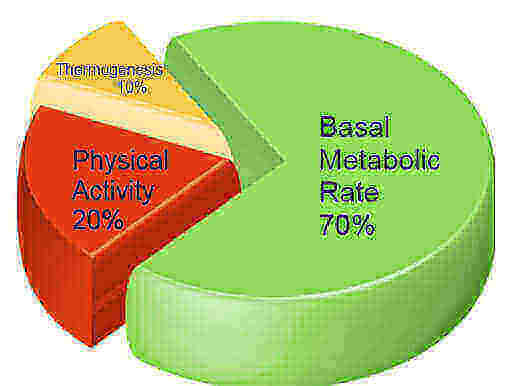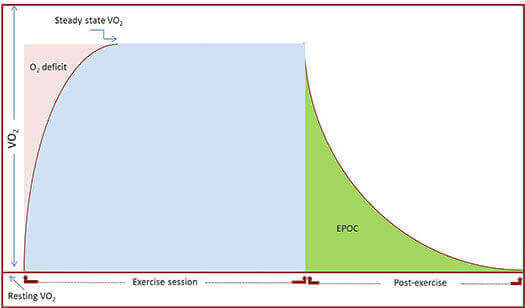
STRENGTH TRAINING VS CARDIO… WHICH IS BETTER WHEN IT COMES TO WEIGHT LOSS?
Something that I’m frequently asked is what the best form of exercise is when it comes to weight loss. As a fitness professional, it’s always interesting to sit back and listen to people’s different perspectives on forms of training, particularly when it comes to both strength training and weight loss. Today’s blog post is all about debunking the myths around weight loss, and finding the best form of training for you to achieve your weight-related goals.
Certain stigmas around strength training create a myriad of common misconceptions, such as:
- Strength training makes you look buff.
- It’s for bodybuilders.
- It burns less calories than cardio training.
- It’s time consuming.
- You’ll need access to a gym to do strength training.
Pictured: Robert (or Bob for short) performed this incredible transformation during a single episode of SpongeBob Squarepants. In reality, hypertrophy (increased muscle mass) takes at least 8 weeks of structured weight lifting before noticeable changes occur.
Because of these negative stigmas, many of us will opt for cardio training as it seems to be more commonly perceived with “toning” and weight loss, without putting on “bulk”. Whilst this isn’t an issue with most males, it tends to turn a large portion of females off weights, which is disappointing as the benefits of strength training are endless, particularly as we age.
Strength training is extremely easy to do at home with absolutely no equipment, and can be done as quickly as 15 minutes to get your muscles burning and your heart pumping!


Actual photo of me* lifting a car^ at the age of 2″.
Benefits of Strength Training on Health
Inactive adults experience a 3-8% loss of muscle mass per decade, accompanied by a reduction in resting metabolic rate (aka how much fat you burn at rest). Combine this with bone loss and fat gain and we are seeing an increasingly alarming level of older adults becoming dependent on walking aids, blood pressure medications and entire generations of people living with aches and pains that could be prevented by simple lifestyle changes.
Not only this, but regular strength training has proven effects on improving bone density, improved ability to perform the tasks required for daily living and decreases falls risk and improves balance as we age.
Benefits of Cardio Training on Health
Cardiovascular training also has some amazing benefits for our health. Cardiovascular training improves your cardiovascular health (surprise surprise!), and by that we mean both the heart and the lungs and the way they both interact with our body to keep us moving and breathing. Cardio training shares many common benefits as resistance training as far as improving overall quality of life and reducing the risk of a range of different cardio-metabolic diseases.
Cardiovascular training is fantastic for heart health, by lowering our blood pressure, reducing our resting heart rate and improving overall cardiovascular efficiency.

Cardio; the go-to form of training for weight loss according to a large portion of the population.
Cardio vs Strength Training for Weight Loss
So, which of the two is the preferred choice for weight loss?
Minute for minute, cardio training burns more calories than strength training. For an average weight individual, jogging at a moderate intensity for 30 minutes will burn around 250 calories. At faster paces, we might burn up to 350 calories in half an hour.
On the gym floor, around half an hour of weights will burn anywhere between 130-220 calories.
So there you have it! Cardio training is king when it comes to weight loss… Right?
Well no. There’s two reasons you may want to reconsider your training modalities if all you’re doing is cardio training:

Our BMR accounts for a large proportion of daily calories burnt.
1. Basal Metabolic Rate
Aka how many calories you’re burning at rest. In one study(2), strength training lead to a 9% increase in resting metabolism during a 24 week testing period. Let’s look at the math here. An average person burns between 400-500 calories each night during sleep, approximately a third of the day. When we bump those numbers up 9%, every day, weights training begins to look more effective at calorie
2. EPOC: The Afterburn Effect
EPOC: Execess Post-Exercise Oxygen Consumption. Absolute jargon I know, but put in laymen’s terms, EPOC means the amount of oxygen our bodies consume following an exercise session, above what you would normally be consuming. EPOC results in more calories being burnt due to the body requiring extra energy to basically return the body to its pre-exercise state, and usually lasts around 12-24 hours post exercise. During this period, it is not unusual to see an additional 50-200 calories burnt. Research has shown this EPOC effect is far more predominant following a weights session than a cardio session (3).
The green curve shown in this graph is a visual demonstration of the excess calories burnt exercise as the body begins to regulate systems to return to a pre-workout state of rest.


Treadmill Dancing; move over Prancercizing, we have a new “most ridiculous” form of exercise. This is a real thing by the way 😉
Movement is medicine, regardless of what form it occurs in. So… get moving and enjoy your exercise however you best prefer it!
So… What’s the better option?
The most common misconception I hear people say they need to do cardio to lose weight, but that simply isn’t the case; strength training is just as efficient (if not more) at burning calories. The data i’ve presented to you today tends to favour strength training as the best modality when it comes to fat loss, due to the way that both increased muscle mass and increased basal metabolic rate aids in us burning calories at rest, but there are always other factors at play. Remember – weighing yourself is almost always the worst way to measure health and physical fitness!
The most important thing when it comes to exercise is that you do it, so if you enjoy running more then go for a run. If you enjoy team sports or having a hit of tennis then incorporate more of that into your weekly exercise schedule. There really is no right or wrong answer when it comes to exercise and movement in general.
References
- Westcott, Wayne L. PhD Resistance Training is Medicine: Effects of Strength Training on Health, Current Sports Medicine Reports: July/August 2012 – Volume 11 – Issue 4 – p 209-216 doi: 10.1249/JSR.0b013e31825dabb8
- Lemmer JT, Ivey FM, Ryan AS, et al. Effect of strength training on resting metabolic rate and physical activity: age and gender comparisons. Med Sci Sports Exerc. 2001;33(4):532-541. doi:10.1097/00005768-200104000-00005
- Greer, B. K., Sirithienthad, P., Moffatt, R. J., Marcello, R. T., & Panton, L. B. (2015). EPOC comparison between isocaloric bouts of steady-state aerobic, intermittent aerobic, and resistance training. Research quarterly for exercise and sport, 86(2), 190-195.
* Not me
^ Car is not being lifted
” Probably only 18 months old
Evolve Legends Club is ALMOST here!
Our first ever loyalty program is about to launch! WHAT IS IT?Our brand new loyalty program - the Evolve Legends Club. We want to reward our most...
Our Boxing Day Sale is LIVE!
The annual Evolve boxing day sale is here and this year, we are offering the BIGGEST discount we have offered this side of 2020. 20% OFF STOREWIDE...
TIPS ON STAYING ACTIVE THROUGH SELF-ISOLATION
It’s no surprise that we’re living through some extremely unsettling times. Not since 1918’s Spanish Flu have we seen a global pandemic that has...
WANT TO STAY IN THE LOOP?
Sign up to our mailing list today to receive all the latest news, tips and offers, direct to your inbox before the rest of the world!




